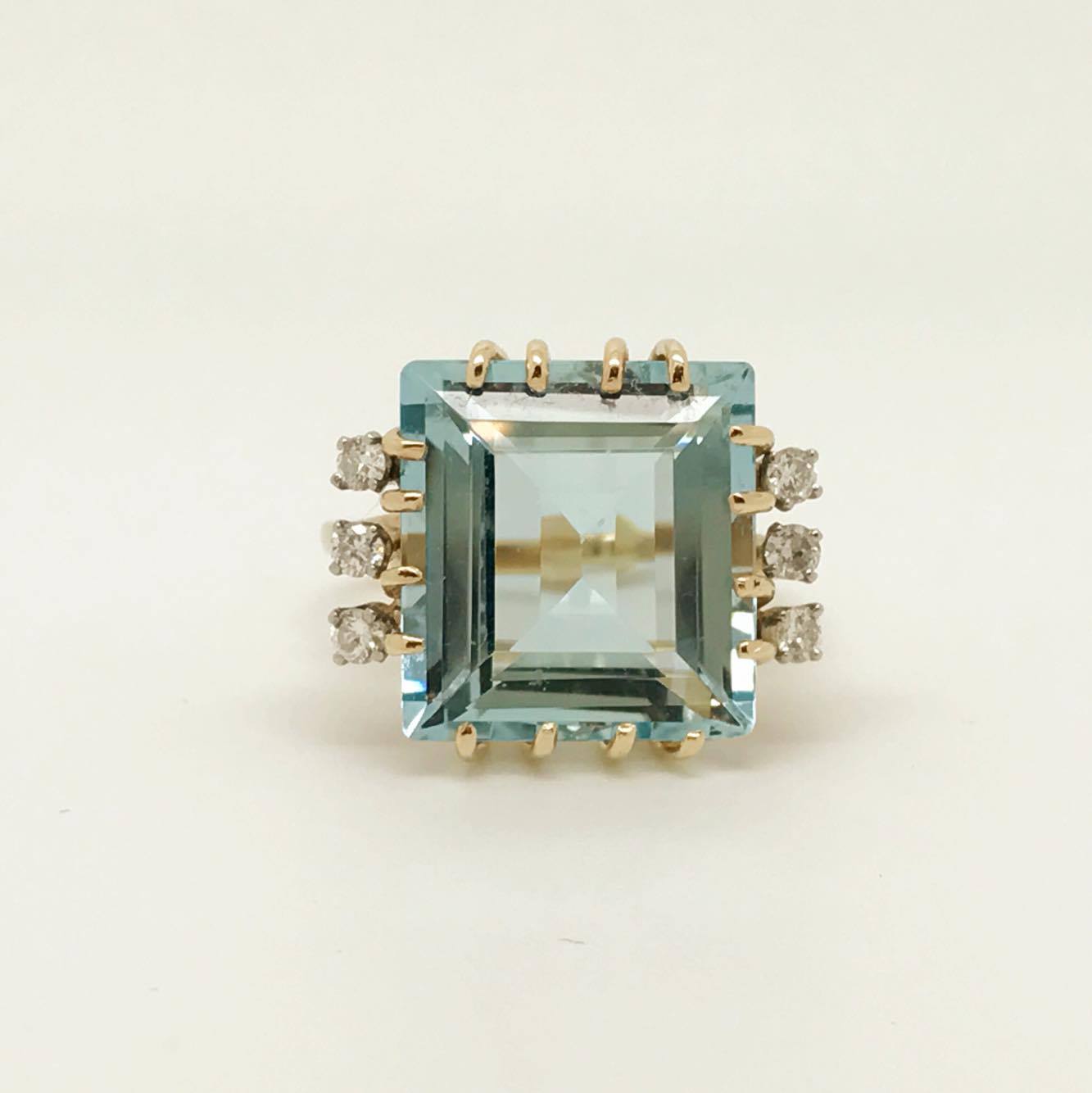Aquamarine Buying Guide
Discover the complete aquamarine buying guide with expert tips on color, clarity, cut, and carat. Learn about treatments, synthetics, and alternatives for your perfect gem.
12 Minute Read
Related Articles
Aquamarine Value, Price, and Jewelry Information
Named after the color of sea water, aquamarine is the blue to blue-green member of the beryl family. Readily available...
Read More
Aquamarine Grading and Pricing
Aquamarines are evaluated based on the Four Cs: color, clarity, cut, and carat. Learn how each factor affects aquamarine grading...
Read More
Buying Gemstones in Afghanistan: A Beginner’s Guide
Considering buying gems in Afghanistan? Learn which Afghan gemstones to seek out, which to avoid, and prepare for a “buyer...
Read More
Six Famous Aquamarines
Aquamarines have been cut into many large and beautiful gemstones. Let’s take a look at six of the world’s most...
Read More
Latest Articles
800 Years of Mogok: A Celebration in Tenuous Times
As Mogok, Myanmar prepares to celebrate its 800th anniversary, the inhabitants of this prolific gem producing region face an uncertain...
Read More
What is the Average Gemstone Faceting Yield?
What’s the average gemstone faceting yield from a single piece of rough? Learn how to estimate how much material you’ll...
Read More
Pyroxmangite Value, Price, and Jewelry Information
Pyroxmangite grains are rare, seldom clean enough to facet, and difficult to cut. However, when cut, they are extremely beautiful...
Read More
How to Identify Emerald Simulants and Synthetics
Gemologists can separate natural emeralds from emerald simulants and synthetics. Learn about the most common tools and techniques for this....
Read More
Never Stop Learning
When you join the IGS community, you get trusted diamond & gemstone information when you need it.
Get Gemology Insights
Get started with the International Gem Society’s free guide to gemstone identification. Join our weekly newsletter & get a free copy of the Gem ID Checklist!
